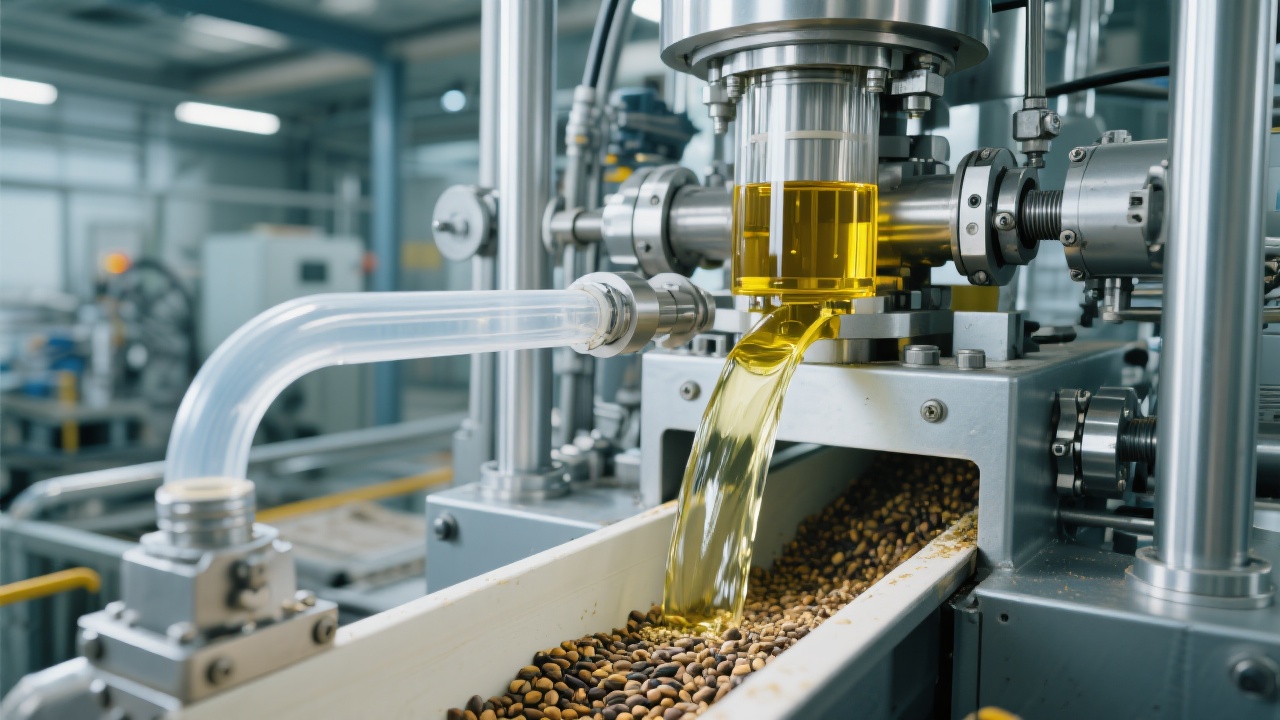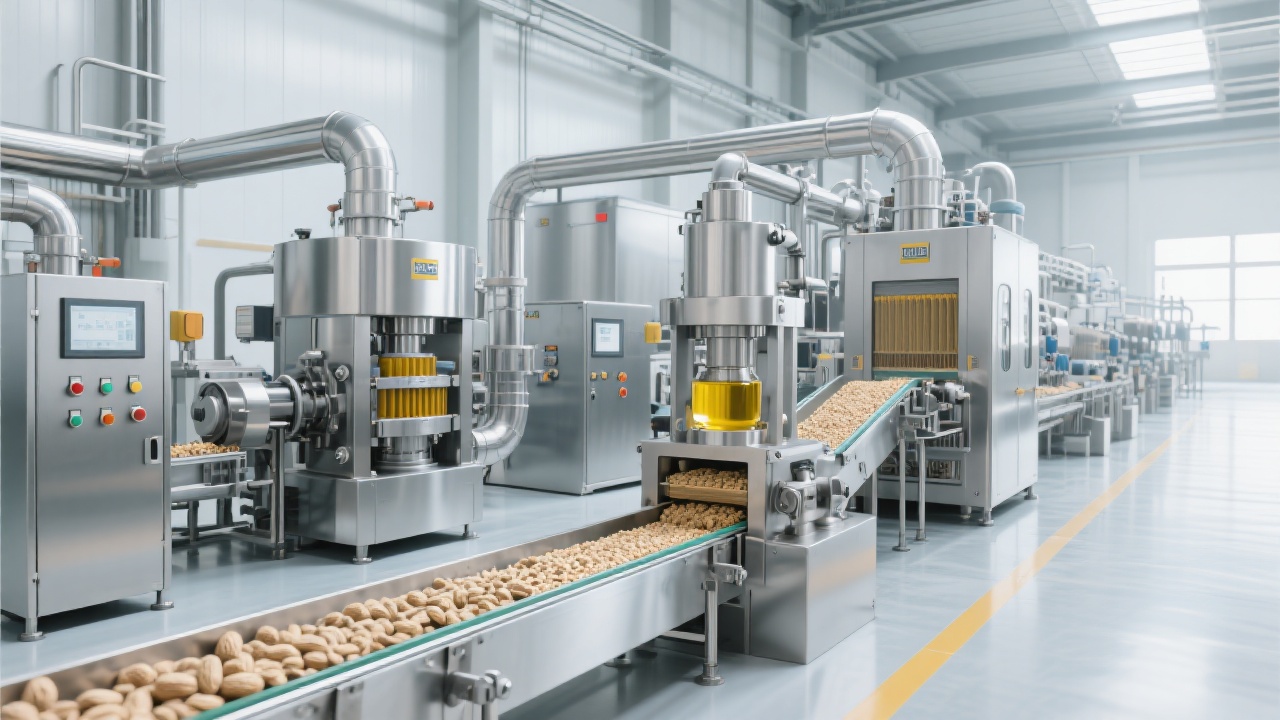
In the vegetable oil processing industry, rice bran oil stands out due to its valuable nutritional profile and wide usage. However, refining crude rice bran oil to meet stringent quality standards remains a technical challenge. This article provides an expert analysis of the four core refining processes—degumming, deacidification, decolorization, and deodorization—highlighting critical technology insights, equipment selection criteria, and process optimization strategies designed to enhance oil purity and optimize production efficiency.
Degumming is the fundamental step to remove phospholipids and mucilaginous substances that impair oil stability and shelf life. There are two principal methods:
Selecting the optimal degumming technique depends on oil quality parameters and downstream requirements. For high phospholipid oils, chemical degumming is recommended despite higher reagent and water usage to ensure process efficacy.
Free fatty acids (FFA) in crude rice bran oil can impair taste and reduce shelf life; their removal is critical. The alkali neutralization method remains the industry standard due to its simplicity and cost-effectiveness. It involves:
Precise control of alkali concentration, temperature (typically 60-70°C), and mixing intensity is crucial to minimize oil losses and avoid saponification of neutral oil. For example, maintaining NaOH concentration between 2-6% based on FFA content allows refining to achieve acid values below 0.1 mg KOH/g, meeting national edible oil standards.
Decolorization primarily eliminates pigments like carotenoids and chlorophyll, ensuring visual appeal and stability. Adsorbent types significantly influence the bleaching efficiency and oil yield:
| Adsorbent Type | Bleaching Efficiency (%) | Oil Loss (%) | Reusability |
|---|---|---|---|
| Activated Bleaching Earth | 85-90 | 1.5-2 | Limited (single use) |
| Activated Carbon | 70-80 | 1.0-1.3 | Reusable after regeneration |
| Silica Gel | 65-75 | 0.8-1.2 | Reusable |
Activated bleaching earth is often preferred for rice bran oil due to its high pigment adsorption capacity, despite slightly higher oil losses. Integrating mixed adsorbent systems can balance cost and performance, optimizing total production efficiency.
The final refining step, deodorization, removes volatile compounds that cause off-flavors and odors. Steam distillation under controlled vacuum and temperature conditions is the mainstream technique:
Overheating can impair tocopherol content and induce polymerization, reducing oil nutritional value and stability. Conversely, under-processing leads to residual odors and lower consumer acceptance. Process control automation and real-time monitoring enhance deodorization precision, improving overall product quality.

For food processing enterprises aiming to enhance rice bran oil quality while maintaining cost-efficiency, balanced equipment selection is essential. Common recommendations include:
Process flow optimization, such as integrating heat recovery systems and employing advanced process control software, can increase production capacity by up to 15% while lowering energy consumption.

Case Insight: A Southeast Asian rice bran oil processor improved oil purity from 92% to above 98% through adopting chemical degumming coupled with optimized deacidification parameters, subsequently enhancing product shelf life by 20% and reducing overall refining cost by 12%.
Mastering rice bran oil refining requires understanding the nuances of each stage:
Implementing advanced equipment and integrating process optimization can significantly improve oil product quality and production efficiency, delivering competitive advantages in the edible oil market.

Discover Customized Rice Bran Oil Refining Solutions to Boost Your Production Efficiency

